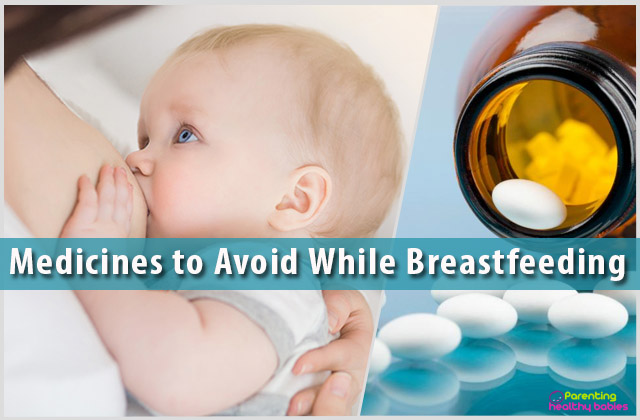There have been many prior misgivings about how several species of fish have high mercury levels. This is also why many top medical organizations have not recommended the consumption of fish in the past, especially for pregnant women and children. However, fish do contain some nutrients and food components that are essential to human health and as such, the FDA now recommends that we consume more fish. Fish consist of proteins, vitamins, omega-3 fatty acids, and minerals such as iron.
Such nutrients are important, especially for those who are pregnant as they encourage healthy development in both mothers and infants.
Simply eating fish is not enough. The right amount needs to be consumed as well. The FDA, for instance, recommends consumption of at least 8 to 12 ounces of fish that is low in mercury every week. This results in 2 to 3 servings across 7 days.
Fish can take the place of other kinds of protein in our diet as well. We should be careful in choosing that kind of fish which is typically low in mercury. These include tilapia, salmon, catfish, tuna, shrimp, and of course, cod.
In this article:
What Fish to Avoid?
What to Do When High-Mercury Fish is Consumed?
How Healthy is Cod?
How Good is Baked Cod for Your Health?
Can All Fish Be Avoided to Just Have Omega-3 Supplements?
How to Eat Fish Low in Mercury?
Must Know Things about Mercury Levels in Fish
What Fish to Avoid?
Mercury is the main fear factor as far as fish is concerned. It is among the heaviest elements in nature and can collect in streams, lakes, oceans, and other water bodies. Here, the mercury element converts to methylmercury which is a neurotoxin that is found in most fish in very small quantities. While such minute amounts do not spell out danger, high amounts prove to be harmful to our nervous system. There are certain species of fish, which should be avoided at all costs due to their high mercury content.
These species are swordfish, orange roughy, marlin, king mackerel, shark, and tilefish that hails from the Gulf of Mexico, among others. Pregnant and breastfeeding women in particular should avoid these fish at all costs.
Another thing to remember is if you are consuming fish from local water sources, (which can include ponds, streams, rivers, or lakes), you should make sure to check the advisories for the specific bodies of water. While such information seems difficult to find at first glance, it can be easily found in your local fishing regulations website or even through the local office of the health department or municipal corporation. In the rare event that you do not get any relevant information from these sources, then any fish obtained from these local sources of water should be consumed in limitation, preferably till 6 ounces every 7 days.
Raw fish, on the other hand, is a strict no-no for pregnant and breastfeeding women. Uncooked fish pose a greater hazard for food-related illnesses.
What to Do When High-Mercury Fish is Consumed?
As has been said here, consumption of any fish that has high levels of mercury is a risk. However, it may happen that you unknowingly consume fish that is high in mercury. Do remember that one serving of such a fish is not that risky as one serving will not have nearly enough mercury to be a serious threat to your health. But it is wise to stay away from all such fish, especially when pregnant or breastfeeding.
How Healthy is Cod?
The cod species has white, flaky flesh with a mild flavour, and is packed with vitamin B, protein, and minerals. Despite its many health-related advantages, cod is not usually advertised as health food, even among seafood. But it does have some essential nutrients that is required by the human body.
For instance, cod does not contain too many calories, carbs, or even fat but it is high in lean protein. For example. A single 3 ounce (85 grams) serving of cooked Atlantic cod contains just 90 calories and only a single gram of fat. But it has a whopping 19 grams of protein.
The same quantity of cooked Pacific cod contributes a mere 85 calories and less than a gram of fat. But it has a significant 20 grams of protein.
Cod is a fantastic source of some B vitamins with the same serving of cooked cod having over 30 percent of the reference daily intake (RDI) for the vitamin B12 for grown-ups. Cod is a great source for vitamin B6 and niacin too, and has several minerals such as selenium (40 percent RDI for adults) and phosphorus (30 percent or more RDI for adults).
How Good is Baked Cod for Your Health?
Because of its mild flesh, cod absorbs spices easily but can also easily dry out. Its soft texture makes preparation in a number of ways easy, be it broiling, grilling, pan-frying, or baking.
There are only 35 calories in a single ounce of boneless baked cod, making it a remarkably healthy choice for everyone to have.
Can All Fish Be Avoided to Just Have Omega-3 Supplements?
Omega-3 supplements are beneficial but they only provide Omega-3. Fish offer plenty of other essential nutrients which are not present in such supplements. You can have these supplements, provided they are combined with a diet that has a variety of fish that are low in mercury.
How to Eat Fish Low in Mercury?
Checking your local markets is a great first option. Another way is to check the kind of fish that you are consuming. A final way is to keep a close watch on your serving portion and to ensure that you are not going over the prescribed limit.
Therefore, to conclude, having fish during pregnancy is a great idea, but make sure you check it for the mercury levels. If it passes all the safety tests, then go ahead and make that amazing fish curry!
References
https://academic.oup.com/jn/article/137/12/2805/4750751
https://www.ncbi.nlm.nih.gov/pmc/articles/PMC3024155/













